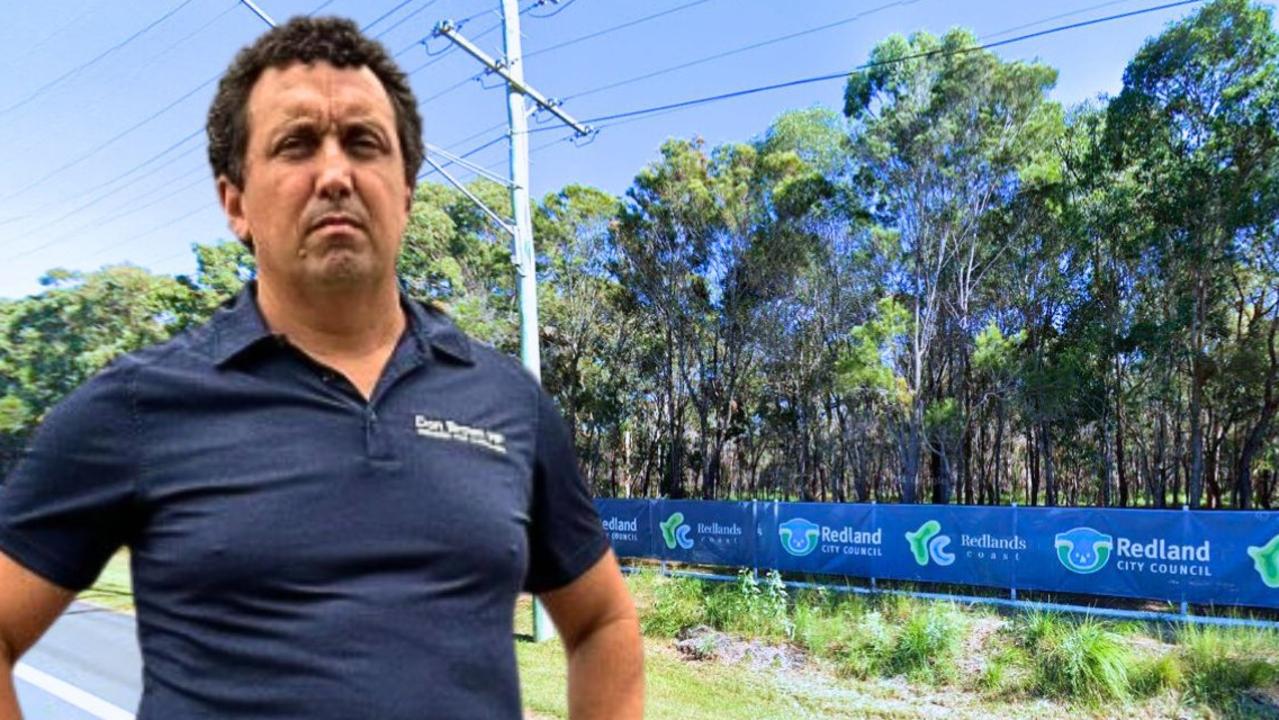Full extent of plane noise problem not being revealed, MP claims
A federal MP has called for a permanent, hilltop noise monitor in Brisbane’s east so the true impact of the city’s new flight paths can be revealed.

Southeast
Don't miss out on the headlines from Southeast. Followed categories will be added to My News.
The new runway has “exposed a gap’’ in noise monitoring of Brisbane’s controversial flight paths, federal Griffith MP Terri Butler says.
She said a permanent noise monitor was needed on a prominent hill in Hawthorne or Balmoral, in the inner-east, to more accurately measure the true impact of the new flight paths.
Ms Butler has written to Deputy Prime Minister Barnaby Joyce — whose responsibilities include aviation — in June, July and three times this month about aircraft noise, but received no reply.
Brisbane Airport Corporation recently moved a mobile monitor to Apex St, Balmoral, but the data can be viewed only on the BAC website and not the WebTrak online tool run by Airservices Australia.
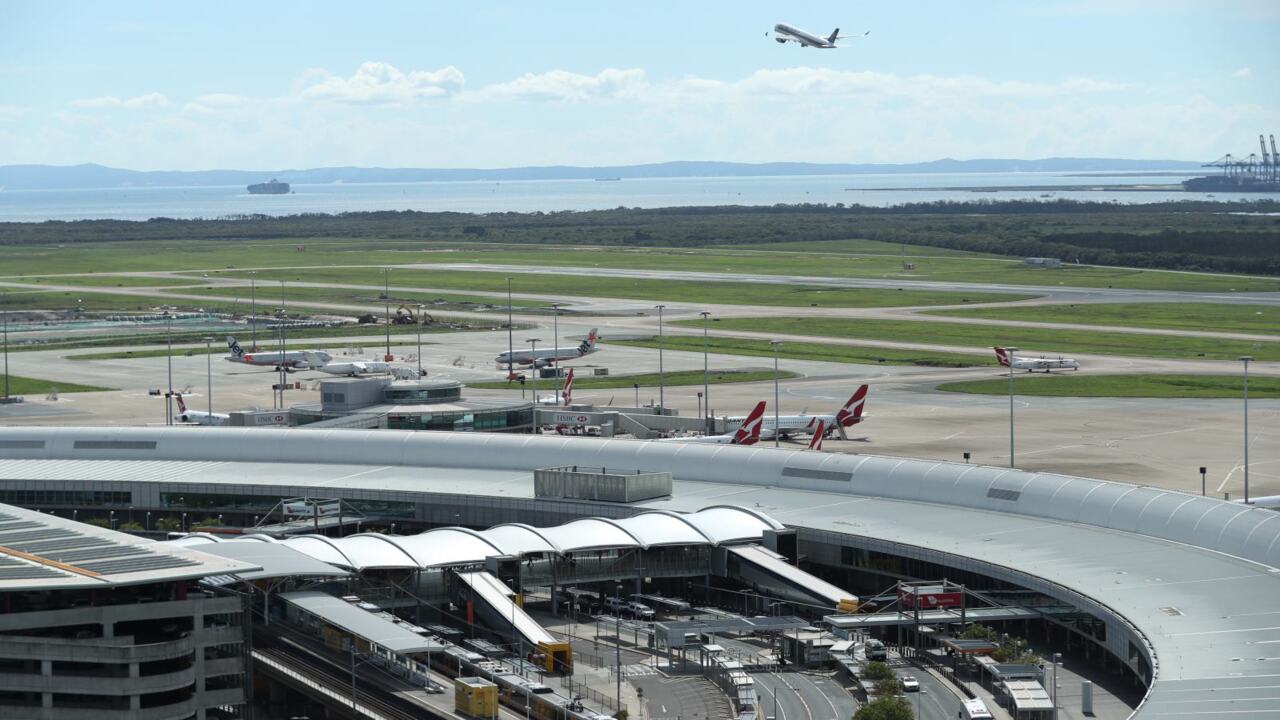
ASA’s noise “averaging’’ also understated the impact on residents, lobby group Brisbane Flight Path Community Alliance said.
BFPCA chairman, David Diamond, said claimed peak noise levels were higher than the readings on WebTrak, which he said were averaged over about 15 seconds.
But an ASA spokeswoman said that was incorrect and WebTrak updated readings every second.
She said data from the temporary noise monitor would be included in its Post Implementation Review of the new flight paths.
“The WebTrak monitoring tool is populated with data from our Noise and Flight Path Monitoring System,’’ she said.
“We review our noise monitoring networks periodically to ensure they meet current needs.
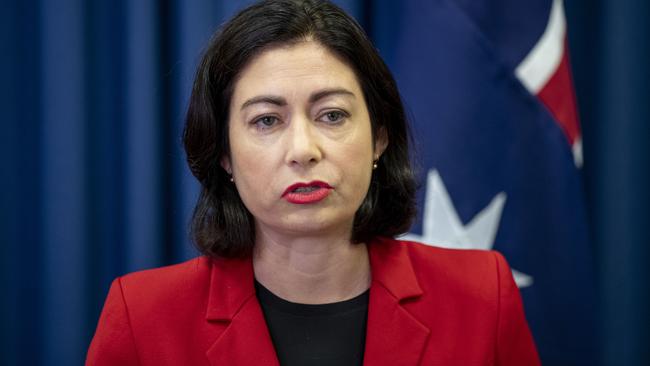
“These are done in consultation with local airport Community Aviation Consultation Groups and are published online.
“If additional noise monitoring is required as part of the review, it will be considered.’’
She also said Brisbane had more noise monitoring stations than any other Australian capital city.
But Ms Butler, whose electorate is one of the worst affected in Brisbane, questioned the adequacy of the stations.
“Residents don’t believe that the existing noise monitoring arrangements are enough to accurately show the new noise impacts,’’ she said.
“Though the temporary BAC noise monitor is welcome, it is not enough.
“We need transparent, permanent, timely and clear data, that is representative of the lived experience of noise for residents in impacted areas, right across my community.
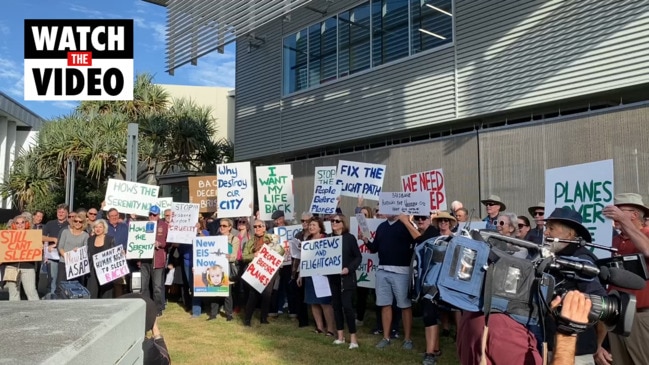
“Residents in my community who have been affected by noise, whether from the original runway or the new one, want clarity, action, and a fair go.
“They are frustrated by buck-passing, technical jargon and a lack of transparency in the data, because it just leads to less clarity and more confusion.’’
A BAC spokeswoman said three new monitors were added to ASA’s network ahead of the second runway opening last year to reflect the locations of the new flight paths.
“In 2019, recognising the community interest to better understand noise, BAC commissioned an additional six additional noise monitors to expand the Airservices Australia network, bringing the total to 14,’’ she said.
There are noise monitors at the end of each runway and in Hamilton, New Farm, Bulimba, Bardon, Carina, Annerley, Cannon Hill, Kedron, Nudgee Beach, Salisbury, St Lucia and Tingalpa.

She said the mobile noise monitor would be used across a range of locations.
In the next 12 months it would move to Samford, Upper Brookfield and Northgate.
“The noise monitor will be used to gather further information about aircraft noise in locations
where specific concerns have been raised by community members,’’ she said.
“Because this noise monitor has been purchased by BAC, and is not part of the Airservices’
Noise and Flight Path Monitoring System, it is not available on WebTrak.
“However, results from the mobile monitor are available on the BAC website, alongside other
data we regularly report.’’
Mr Diamond said while BFPCA welcomed more noise monitors, there were issues with the way they measured noise.
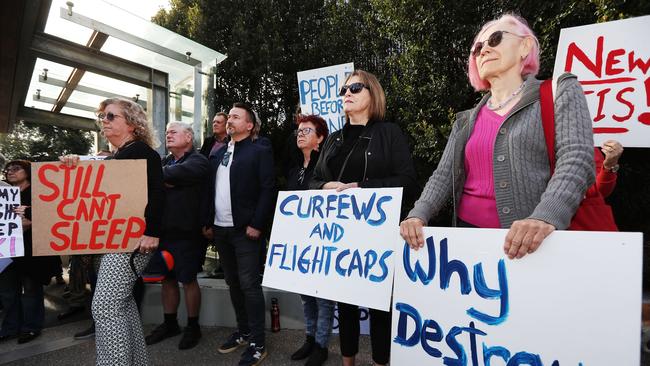
Mr Diamond said BFPCA supported a strong local aviation industry, but said Brisbane needed a curfew and capacity constraints similar to those in Sydney and Melbourne.
There also needed to be a comprehensive review of the flight paths by an independent body.
“We know there are serious noise issues on the new ‘super highway’ — we live under it and don’t need short term recording to tell us what the community and airport already know,’’ he said.
“Post-Covid, it will be totally unsustainable and many residents are finding it so even during these lockdown periods.
“The biggest improvement will come from BAC changing their culture to one of recognition of the impacted communities, and working to bring fundamental improvements in noise mitigation and ongoing airport operations.’’




